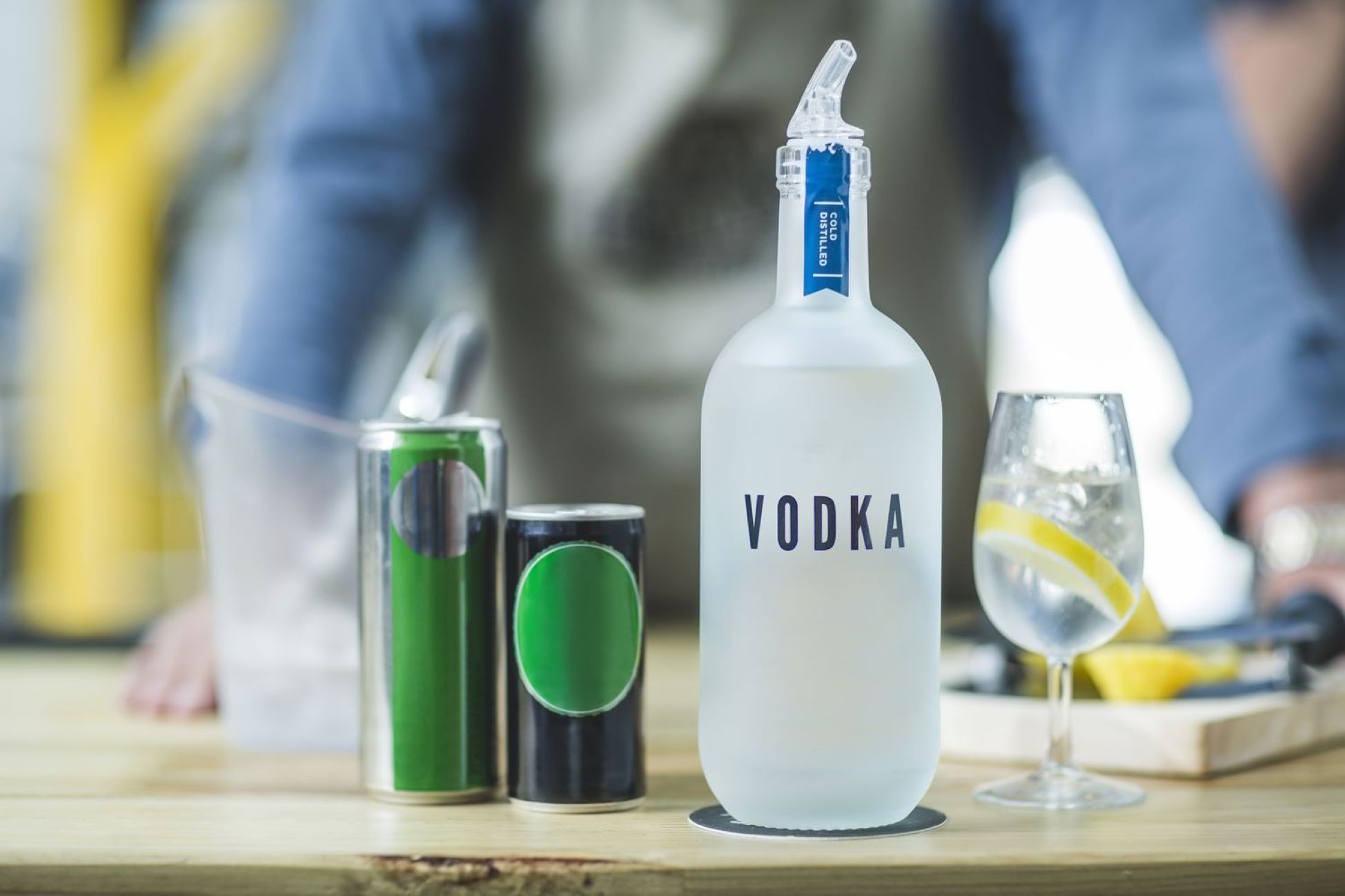

Articles
How To Store Vodka Once Opened
Modified: December 7, 2023
Learn the best methods for storing opened vodka bottles with our informative articles. Keep your vodka fresh and flavorful for longer periods!
(Many of the links in this article redirect to a specific reviewed product. Your purchase of these products through affiliate links helps to generate commission for Storables.com, at no extra cost. Learn more)
Introduction
Vodka is a popular alcoholic beverage known for its versatility in cocktails and its smooth, clean taste. However, once you’ve opened a bottle of vodka, you may be wondering how to properly store it to maintain its quality and flavor over time.
Understanding how to store your opened bottle of vodka is essential to preserve its taste and prevent it from spoiling. Proper storage techniques can help extend the shelf life of your vodka, ensuring that you can enjoy it for longer periods.
In this article, we will explore the best practices for storing vodka once opened. From properly sealing the bottle to avoiding temperature fluctuations and external factors that can affect the flavor, we will cover everything you need to know to keep your vodka in optimal condition.
By following these tips, you can ensure that every sip of your vodka is as enjoyable as the first, even after the bottle has been opened.
Key Takeaways:
- Properly sealing and storing opened vodka in a cool, dark place is essential to maintain its quality and flavor, preventing oxidation and exposure to external factors that can compromise its integrity.
- Using proper pouring techniques, choosing the right storage container, and avoiding cross-contamination are additional measures that can contribute to the longevity and quality of your vodka, ensuring each sip remains enjoyable.
Read more: How To Store Cognac Once Opened
Understanding the Shelf Life of Vodka
Before discussing how to store vodka once it’s been opened, it’s important to understand its shelf life. Vodka has a long shelf life due to its high alcohol content, which acts as a preservative. Unopened bottles of vodka can usually last indefinitely if stored properly.
However, once a bottle of vodka has been opened, its shelf life can be affected by various factors such as oxidation, temperature changes, and exposure to light. While vodka doesn’t spoil or go bad in the same way as perishable food, these factors can alter its taste, aroma, and overall quality.
Oxidation is one of the main culprits that can degrade the quality of vodka over time. When vodka comes into contact with air, it can lead to a loss of flavor and aroma. To minimize oxidation, it’s important to properly seal the bottle after each use and store it in a cool and dark place.
Another factor that can affect the shelf life of vodka is temperature fluctuations. Extreme heat or cold can speed up the oxidation process and adversely impact the quality of the vodka. It’s important to store vodka in a consistent and moderate temperature environment to maintain its integrity.
Lastly, exposure to light can also have a negative effect on the quality of vodka. Too much exposure to sunlight or artificial light can cause chemical reactions that alter the flavor of the vodka. Keeping the bottle away from direct light sources is crucial to preserving its taste and aroma.
By understanding these factors and their impact on the shelf life of vodka, you can take the necessary steps to properly store your open bottle and ensure its longevity.
Properly Sealing the Bottle
When it comes to storing an opened bottle of vodka, properly sealing it is essential to prevent oxidation and maintain its quality. Here are some tips for ensuring a tight seal:
- Replace the original cap or cork: The easiest way to seal a bottle of vodka is to put the original cap or cork back on. These caps and corks are designed to create a tight seal, preventing air from entering the bottle.
- Use a wine stopper: If your vodka bottle came with a cheap or ineffective cap, consider using a wine stopper instead. Wine stoppers are designed to create an airtight seal and can be easily inserted into the bottle’s opening.
- Invest in a bottle seal: If you want an extra layer of protection, you can purchase bottle seals specifically designed for vodka bottles. These seals fit over the bottle’s opening and provide a tight seal to prevent air from entering.
Regardless of the method you choose, make sure the seal is tight and secure. Test the seal by gently turning the bottle upside down. If no liquid leaks out, the seal is properly secured.
It’s also important to note that once you’ve opened a bottle of vodka, the seal may deteriorate over time. If you notice that the original cap or seal is no longer creating a tight seal, it’s best to transfer the vodka to a new container with a proper seal to ensure its freshness and quality.
Properly sealing the bottle is the first step in storing your opened vodka to maintain its flavor and quality. By preventing air from entering the bottle, you can minimize oxidation and extend the shelf life of the vodka.
Storing Vodka in a Cool and Dark Place
One of the key factors in preserving the quality and taste of vodka is proper storage. Storing vodka in a cool and dark place is essential to prevent the breakdown of flavors and maintain its freshness. Here are some guidelines to follow:
- Temperature control: Vodka should be stored at a consistent temperature, ideally between 55 and 60 degrees Fahrenheit (12 to 15 degrees Celsius). Avoid storing it in areas prone to temperature fluctuations, such as near windows or heating vents.
- Avoid refrigeration: While it’s common to store some spirits, like whiskey or wine, in the refrigerator, vodka does not require refrigeration. In fact, storing vodka in the refrigerator can lead to the loss of its subtle flavors and aromas.
- Dry and cool environment: Choose a storage location that is cool, dry, and well-ventilated. Avoid areas with excessive humidity, such as the bathroom or kitchen. Moisture can affect the integrity of the vodka and lead to the growth of bacteria or mold.
- Consider a dedicated liquor cabinet: If you’re a vodka enthusiast, it may be worth investing in a dedicated liquor cabinet. These cabinets are designed to regulate temperature and humidity, providing an ideal environment for storing your bottles.
By storing vodka in a cool and dark place, you can help maintain its integrity and avoid any undesired changes in taste or aroma. It’s important to note that once you’ve opened a bottle of vodka, its shelf life can be affected by external factors, so proper storage is crucial for preserving its quality.
Remember to keep your vodka away from heat sources, such as direct sunlight or radiators. Sunlight and high temperatures can have a detrimental effect on the vodka, causing it to deteriorate more rapidly.
Following these guidelines will ensure that your vodka remains in optimal condition and that you can enjoy its smooth taste and aroma for an extended period.
Avoiding Temperature Fluctuations
When it comes to storing vodka, one of the critical factors to consider is temperature stability. Temperature fluctuations can have a significant impact on the quality and taste of the vodka. Here are some tips to help you avoid temperature fluctuations:
- Choose a storage location wisely: Select a spot in your home that experiences minimal temperature fluctuations. Avoid areas like the kitchen or near appliances that produce heat, as these can cause the vodka to expand and contract.
- Avoid extreme temperatures: Keep your vodka away from extreme heat or cold. High temperatures can accelerate the oxidation process and adversely affect the quality of the vodka. On the other hand, freezing temperatures can cause the vodka to expand, potentially leading to cracks in the bottle.
- Avoid storing near windows or doors: Sunlight and drafts from windows or doors can expose the vodka to temperature variations. Place the vodka in a storage location that is shielded from direct sunlight and away from any drafts.
- Consistency is key: The key to avoiding temperature fluctuations is to maintain a consistent storage environment. Rapid changes in temperature can cause the vodka to expand and contract, potentially altering its flavor and quality. It’s important to store vodka in a location with a stable temperature.
By ensuring that your vodka is stored in an environment with minimal temperature fluctuations, you can help maintain its quality and taste. Keeping the vodka at a stable temperature helps preserve its integrity and reduces the risk of spoilage.
Remember, temperature stability is especially crucial for opened bottles of vodka. As air interacts with the vodka, temperature fluctuations can expedite the oxidation process, resulting in a decline in flavor and overall quality.
By following these tips and storing your vodka in a location with consistent temperatures, you can enjoy a consistently high-quality vodka for an extended period.
Read more: How To Store Brie Once Opened
Keeping Vodka Away from Sunlight and Heat Sources
When it comes to storing vodka, it’s essential to protect it from sunlight and heat sources. Exposure to these external factors can have a detrimental effect on the quality and taste of the vodka. Here’s why you should keep your vodka away from sunlight and heat sources:
Sunlight: Sunlight contains ultraviolet (UV) rays, which can accelerate the oxidation process of vodka. The UV rays can break down the chemical compounds in the vodka, resulting in a loss of flavor and aroma. It’s crucial to store vodka bottles in a dark or opaque location to shield them from direct sunlight. Consider using a liquor cabinet or a cupboard with doors to keep your bottles protected.
Heat sources: Heat can cause the vodka to expand and contract, which can negatively impact its taste and integrity. Exposure to high temperatures can accelerate the oxidation process and lead to a decline in quality. Avoid storing vodka near heat sources such as stoves, ovens, radiators, or any areas that experience excessive heat. Keep the bottles away from any appliances that emit heat, as it can cause temperature fluctuations and compromise the vodka’s quality.
By protecting your vodka from sunlight and heat sources, you can preserve its flavor and overall quality. If you notice that a bottle of vodka has been exposed to direct sunlight or heat for an extended period, it’s best to err on the side of caution and discard it to avoid any potential health risks or undesirable taste.
When storing opened bottles of vodka, the importance of proper storage becomes even more crucial. As vodka comes into contact with air, its susceptibility to external factors, including sunlight and heat, increases. By storing it in a dark and cool environment, you can minimize these risks and ensure that your vodka remains fresh and enjoyable.
Remember, vodka is sensitive to external factors, and its quality can be compromised if not stored properly. By keeping it away from sunlight and heat sources, you can preserve its taste, aroma, and overall integrity.
Store opened vodka in a cool, dark place away from direct sunlight and heat sources. Keep the bottle tightly sealed to prevent evaporation and maintain the quality of the vodka.
Using Proper Pouring Techniques to Minimize Oxidation
When it comes to preserving the quality of your vodka once it’s been opened, using proper pouring techniques is essential. By minimizing exposure to air during the pouring process, you can reduce oxidation and maintain the freshness of the vodka. Here are some useful tips to follow:
- Slow and controlled pour: When pouring vodka, take your time and pour it slowly and steadily. Avoid pouring too quickly or aggressively, as this can introduce more air into the bottle, accelerating oxidation.
- Pouring at an angle: Tilt the bottle slightly while pouring to minimize the surface area exposed to air. This technique helps create a smoother, more controlled pour and reduces the chances of excessive oxidation.
- Avoid splashing: Pouring vodka with a gentle hand can help prevent splashing, which can introduce even more air into the liquid. Aim for a smooth and controlled pour to minimize agitation and oxidation.
- Use a pouring spout: Consider using a pouring spout or pourer attachment on the bottle. These devices help regulate the speed and flow of the pour, reducing the amount of air that comes into contact with the vodka.
Proper pouring techniques play a crucial role in preserving the quality and taste of your vodka. By minimizing oxidation, you can maintain the integrity of the flavors and aroma. Remember that vodka is a delicate spirit, and excessive exposure to air can lead to a decline in its overall quality.
Additionally, once you’ve finished pouring your desired amount of vodka, remember to promptly seal the bottle tightly to minimize further exposure to air.
By implementing these proper pouring techniques, you can reduce oxidation and extend the shelf life of your vodka. This ensures that each pour is as fresh and enjoyable as the first, allowing you to savor the distinct flavors and characteristics of your chosen vodka.
Choosing the Right Storage Container
When it comes to storing opened bottles of vodka, selecting the right storage container is an important consideration. The right container can help maintain the quality and integrity of the vodka, protecting it from external factors that can compromise its taste. Here are some factors to consider when choosing a storage container:
- Airtight seal: Look for a container that provides an airtight seal. This helps prevent air from entering the vodka, reducing oxidation and keeping the flavors and aromas intact. Screw-top glass bottles or containers with tight-fitting lids are excellent options.
- Material: Choose a container made of materials that do not interact with the vodka. Glass is an ideal choice as it is non-reactive and does not alter the taste or quality of the vodka. Avoid containers made of plastic or metal, as they can introduce unwanted flavors or chemicals into the vodka.
- Opaque or tinted: Opt for a container that is opaque or tinted. This helps block out light and protects the vodka from the harmful effects of UV rays. Sunlight exposure can lead to chemical reactions that degrade the quality of the vodka.
- Size and shape: Select a container that is appropriate for the amount of vodka you have left. It’s best to choose a container that allows minimal headspace, as excess air in the container can hasten oxidation. Additionally, a container with a narrow neck can help reduce surface area and minimize air contact.
When transferring vodka from the original bottle to a storage container, be sure to clean and sterilize the container beforehand. This helps maintain the freshness of the vodka and prevents contamination.
Properly selecting the right storage container can make a significant difference in prolonging the shelf life and maintaining the quality of your vodka. By minimizing air exposure and providing a secure and suitable environment, the right container ensures that each pour remains as enjoyable as the first.
Remember to store the container in a cool, dark place away from sunlight, heat sources, and temperature fluctuations. These additional precautions help further protect the vodka and maintain its optimal taste and quality.
Avoiding Cross-Contamination
When it comes to storing vodka once it’s been opened, it’s important to consider the risk of cross-contamination. Cross-contamination can occur when the vodka comes into contact with other substances that can alter its flavor or quality. Here are some tips to avoid cross-contamination:
- Dedicated storage container: Store your vodka in a dedicated container, separate from other food or drink items. This helps minimize the risk of cross-contamination with other flavors or odors that may be present in the surrounding environment.
- Keep it upright: Store vodka bottles in an upright position. This helps prevent any potential leakage or contact with foreign substances, reducing the risk of cross-contamination.
- Separate storage areas: If you have multiple bottles of vodka, consider storing different brands or flavors apart from each other. This helps maintain their distinct qualities and avoids any mixing of flavors.
- Clean pouring equipment: If you use any additional pouring equipment, such as a jigger or cocktail shaker, make sure to clean it thoroughly before each use. Residual flavors or remnants from previous use can contaminate the vodka and affect its taste.
- Avoid storing near strong odors: Keep your vodka away from strong-smelling substances or products such as cleaning chemicals or pungent foods. Vodka can absorb odors easily, so it’s best to store it in an area free from strong scents.
By following these precautions, you can prevent cross-contamination and ensure that your vodka maintains its original flavor and quality. Storing vodka separately and keeping it away from substances that could affect its taste helps preserve its unique characteristics.
Remember, vodka is a delicate spirit that can absorb odors and flavors from its environment. Taking the necessary steps to avoid cross-contamination ensures that each sip of your vodka is free from unwanted influences and remains true to its intended taste.
Read more: How To Store Limoncello – Once Opened
Preventing the Growth of Bacteria or Mold
Properly preventing the growth of bacteria or mold is crucial for maintaining the quality and safety of your vodka. While vodka has a high alcohol content that inhibits microbial growth, it’s still important to take certain precautions to avoid any potential contamination. Here’s how you can prevent the growth of bacteria or mold in your vodka:
- Ensure cleanliness: Before opening a new bottle of vodka, make sure the bottle and the surrounding area are clean. Wipe down the bottle with a clean cloth or disinfectant to remove any potential contaminants.
- Use clean glasses or containers: When pouring vodka for consumption, always use clean glasses or containers. Dirty or contaminated glasses can introduce bacteria or mold into the vodka, compromising its quality and safety.
- Seal the bottle tightly: After each use, ensure that the bottle is tightly sealed to prevent any outside contaminants from entering. A secure seal reduces the risk of bacteria or mold growth in the vodka.
- Store in an appropriate environment: Store your vodka in a cool and dry place. Moisture can promote the growth of mold or bacteria, so it’s important to choose a storage environment that is free from humidity. Additionally, avoiding extreme temperatures can help maintain the stability and quality of the vodka.
- Avoid using non-food-grade materials: When transferring vodka to a storage container or using accessories such as pourers or stoppers, make sure they are made of food-grade materials. Non-food-grade materials may contain chemicals that can contaminate the vodka and promote bacterial or mold growth.
- Regularly inspect for signs of contamination: Periodically check the vodka and its container for any signs of contamination, such as discoloration, unusual smells, or mold growth. If you notice any abnormalities, it’s best to discard the vodka to avoid any potential health risks.
By following these preventative measures, you can minimize the risk of bacterial or mold contamination and ensure that your vodka remains safe to consume. However, it’s important to note that improper storage or handling can still lead to contamination, so it’s always best to use your judgment and err on the side of caution.
Maintaining cleanliness and proper storage practices help preserve the quality and safety of your vodka, ensuring that you can enjoy it without any unpleasant surprises.
Labeling and Dating the Opened Vodka Bottle
Labeling and dating the opened vodka bottle may seem like a simple step, but it can be incredibly helpful in ensuring the quality and freshness of your vodka over time. Here are the reasons why labeling and dating your opened vodka bottle is important:
- Tracking the shelf life: Vodka, like any other perishable item, has a limited shelf life once it has been opened. By labeling and dating the bottle, you can easily track how long it has been since you opened it. This allows you to keep a record of its freshness and know when it’s time to finish the bottle or consider discarding it.
- Preventing confusion: If you have multiple bottles of vodka or various types of alcohol, labeling and dating them can help prevent confusion. You can easily identify different bottles and know which one you opened first, ensuring that you consume them in the correct order.
- Monitoring changes in flavor: Over time, even with proper storage, opened vodka can undergo subtle changes in flavor. By labeling and dating the bottle, you can make notes about its taste and compare it to your preferences. This way, you can track any flavor changes and decide if the vodka is still enjoyable to drink.
- Sharing information with others: If you like to entertain guests or share your vodka with friends and family, labeling the bottle can provide helpful information. You can note any details you want to share, such as the brand, flavor, or any interesting facts about the vodka. This makes it easier for others to enjoy and appreciate your selection.
Labeling and dating the opened vodka bottle is a simple yet effective practice to maintain the quality and organization of your spirits collection. You can use adhesive labels, marker pens, or even customized tags to mark the bottles with the necessary information.
Make sure to include the date you opened the bottle, the brand and type of vodka, and any additional notes you find useful. This way, you have a clear record of each bottle’s status and can make informed decisions about when to consume or discard the vodka.
By implementing this labeling and dating process, you can stay organized, track the freshness of your vodka, and ensure that each bottle is enjoyed to its fullest potential.
Conclusion
Properly storing vodka once it has been opened is crucial to maintaining its quality, flavor, and overall enjoyment. By following the guidelines and tips discussed in this article, you can ensure that your vodka remains fresh and delicious for as long as possible.
Understanding the shelf life of vodka and the factors that can impact it, such as oxidation and temperature fluctuations, is the first step. Properly sealing the bottle, storing it in a cool and dark place, and avoiding exposure to sunlight and heat sources are essential practices to preserve its integrity.
Using proper pouring techniques, choosing the right storage container, and avoiding cross-contamination are additional measures that can contribute to the longevity and quality of your vodka. Paying attention to details such as labeling and dating the opened bottle can also enhance your overall experience.
Remember, vodka is a delicate spirit, and although it has a long shelf life, proper storage techniques can help extend its freshness and enjoyment. By implementing these practices, you can continue to savor the smooth taste, aroma, and quality of your favorite vodka long after opening the bottle.
So, whether you enjoy vodka neat, in cocktails, or as a part of your favorite mixed drinks, follow these steps to ensure that every sip is as delightful as the first. Cheers to the art of proper vodka storage!
Frequently Asked Questions about How To Store Vodka Once Opened
Was this page helpful?
At Storables.com, we guarantee accurate and reliable information. Our content, validated by Expert Board Contributors, is crafted following stringent Editorial Policies. We're committed to providing you with well-researched, expert-backed insights for all your informational needs.
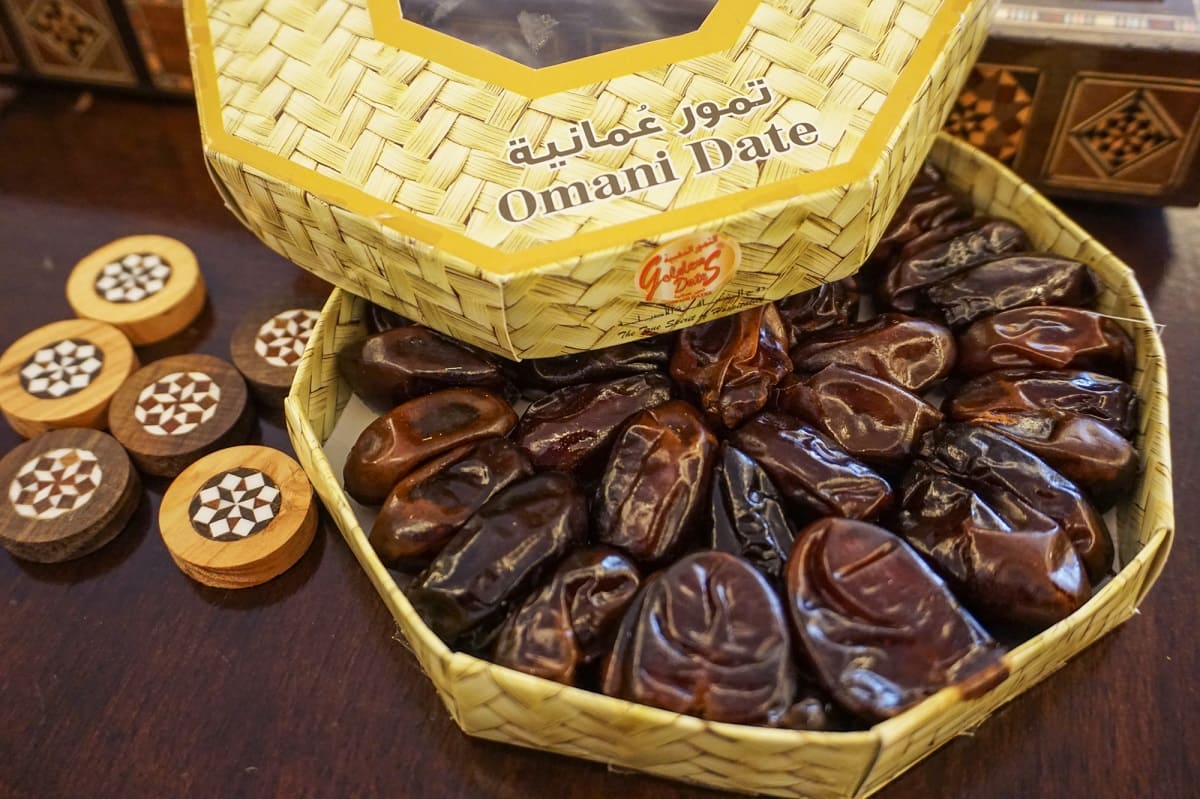
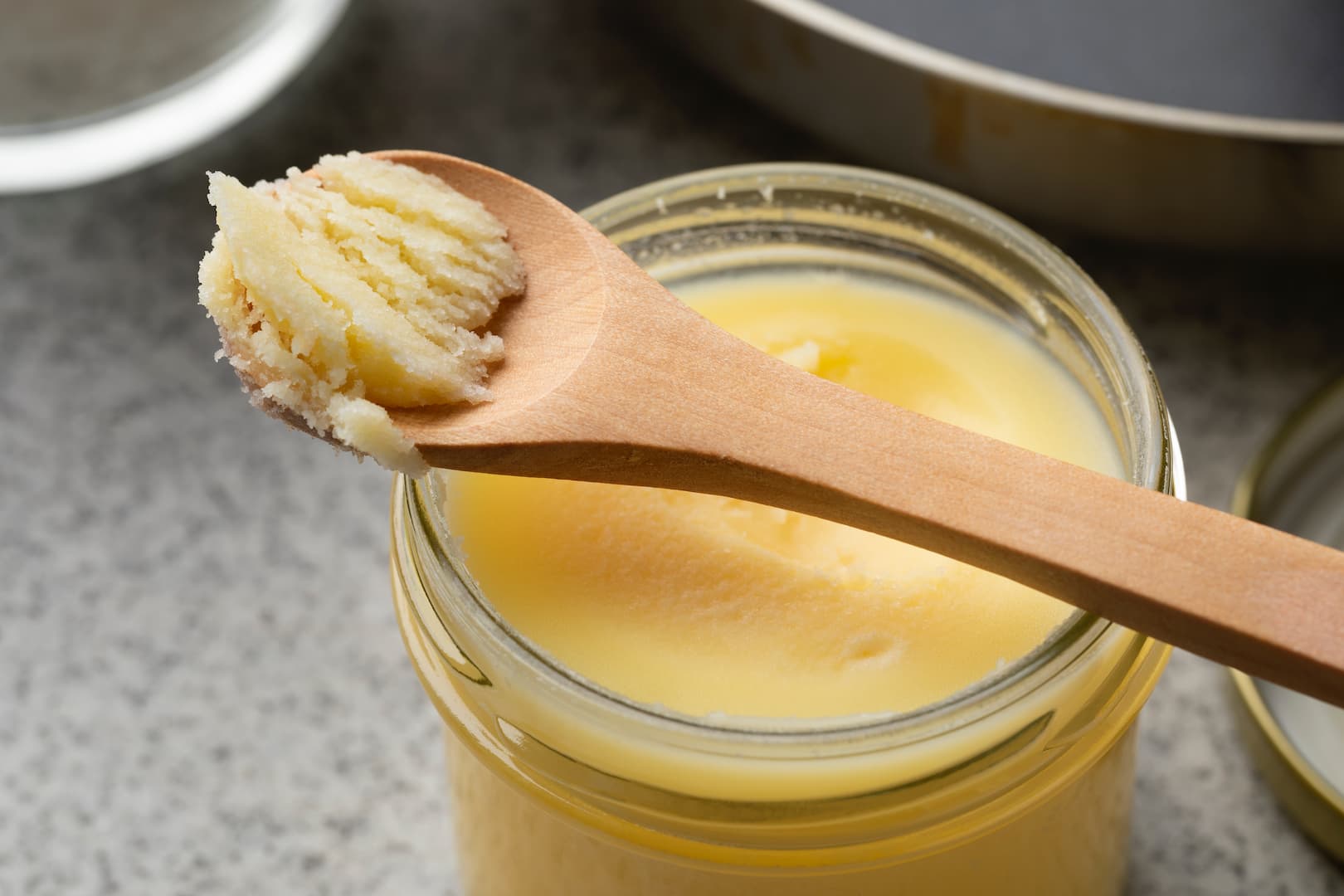
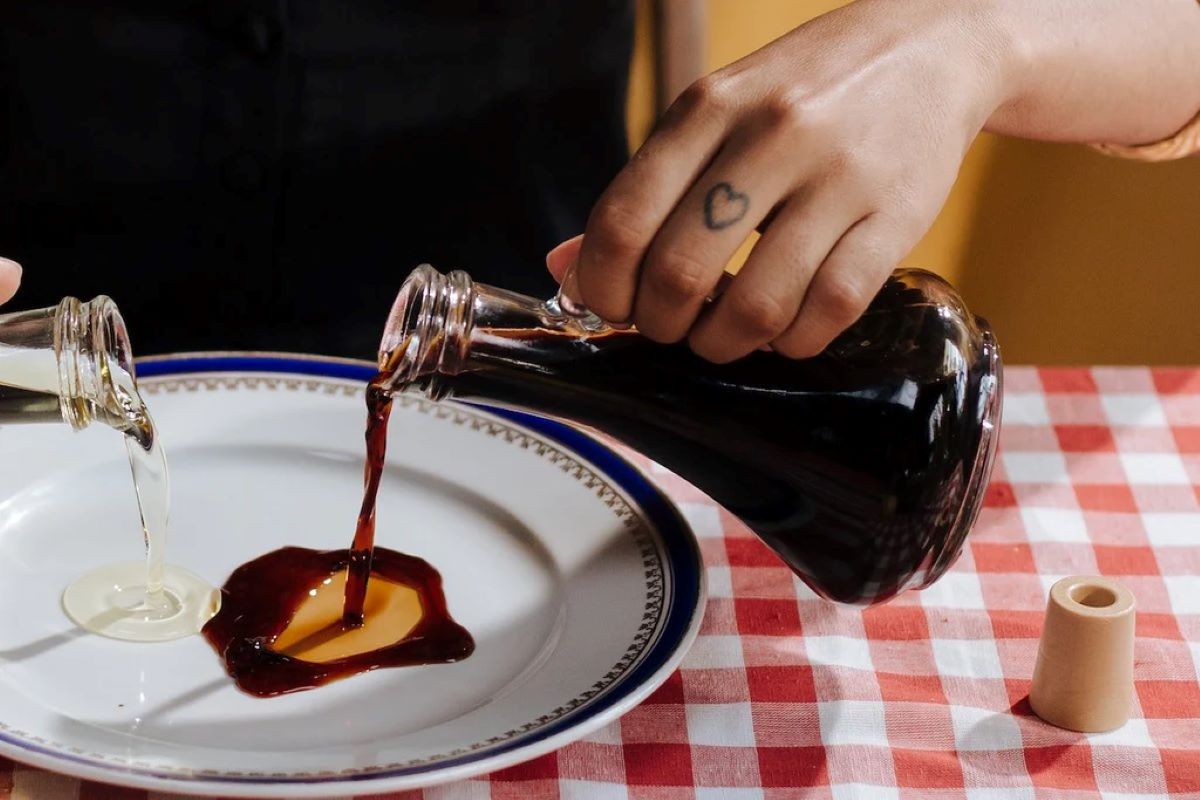
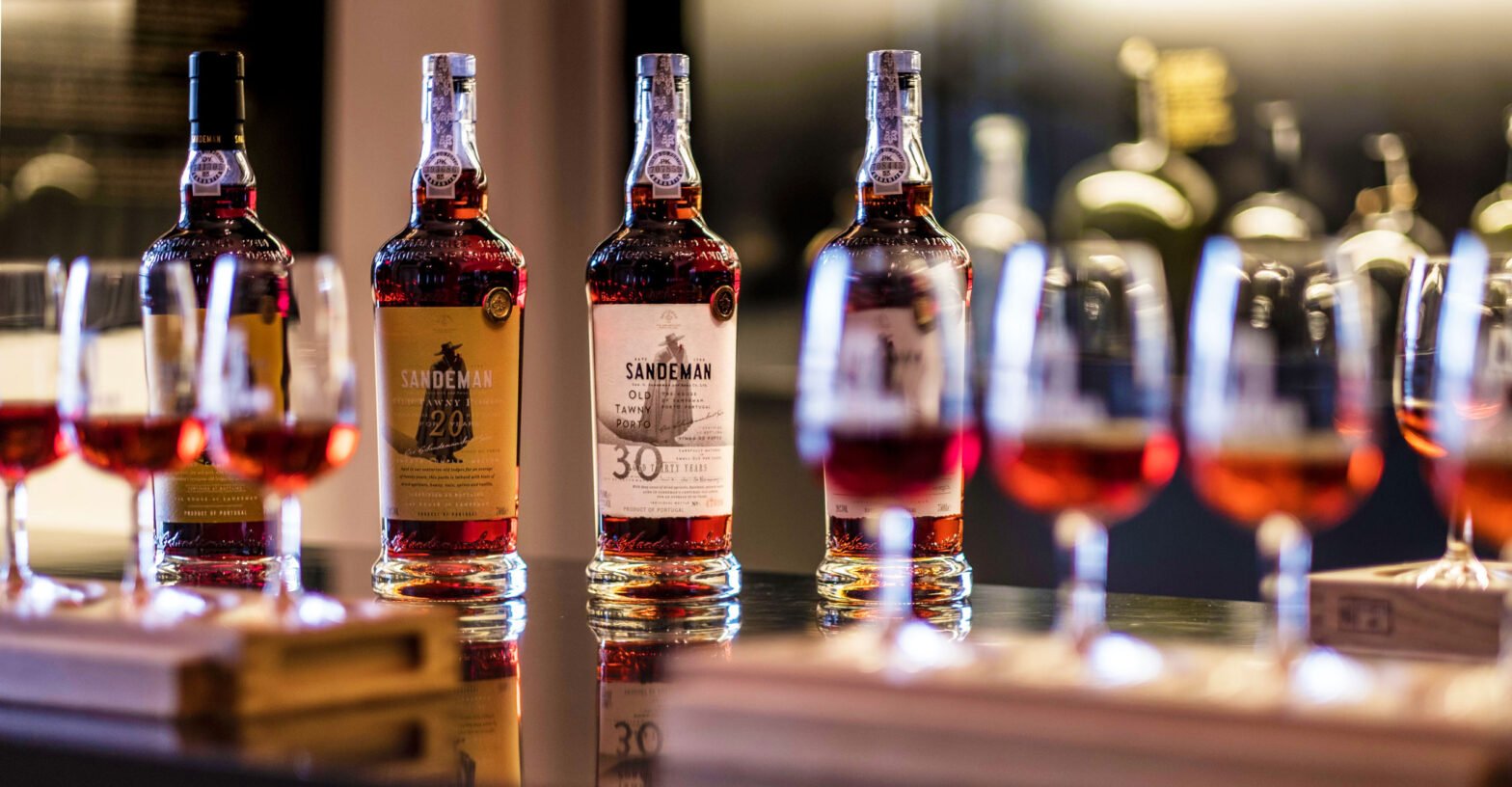
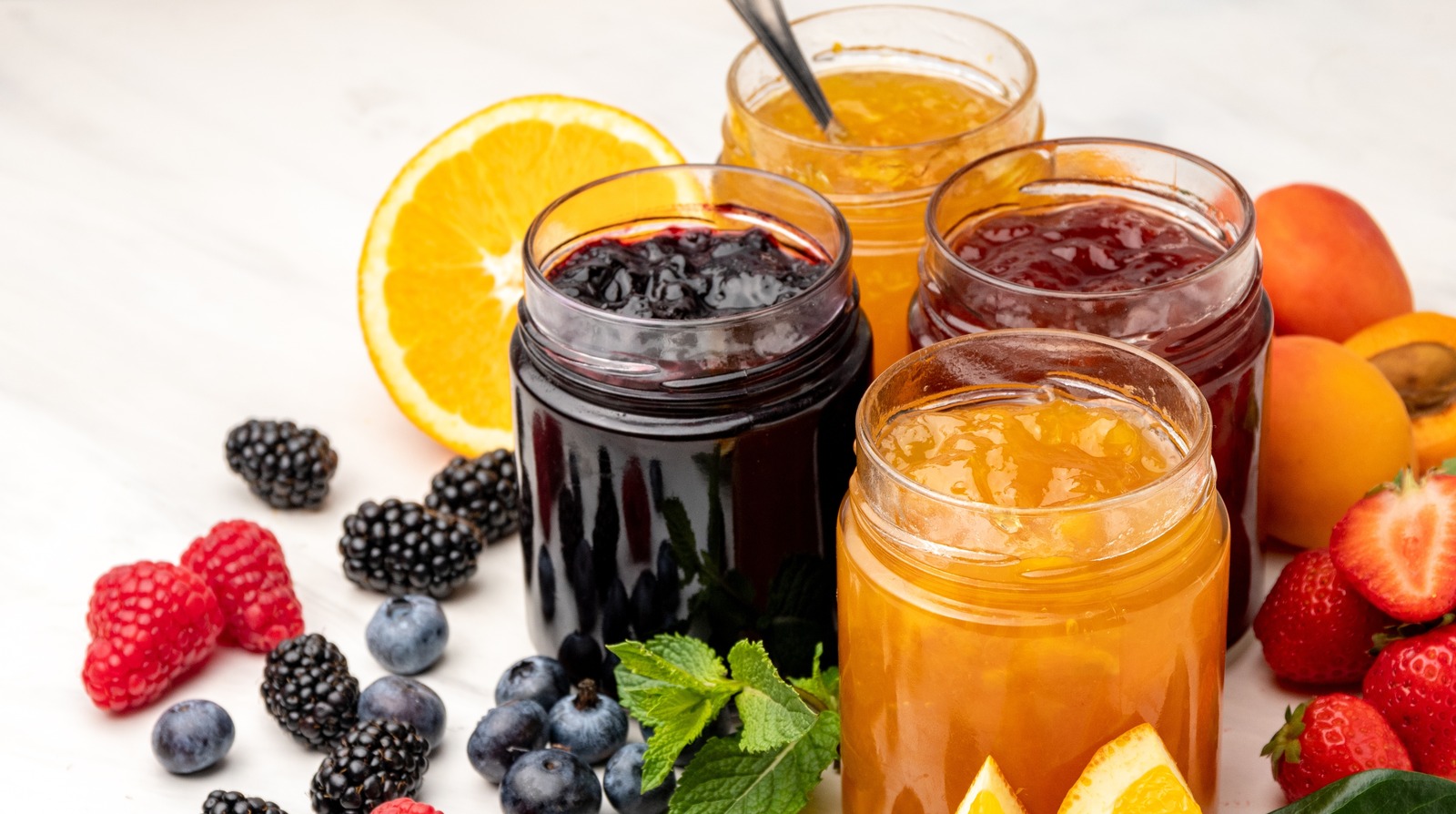
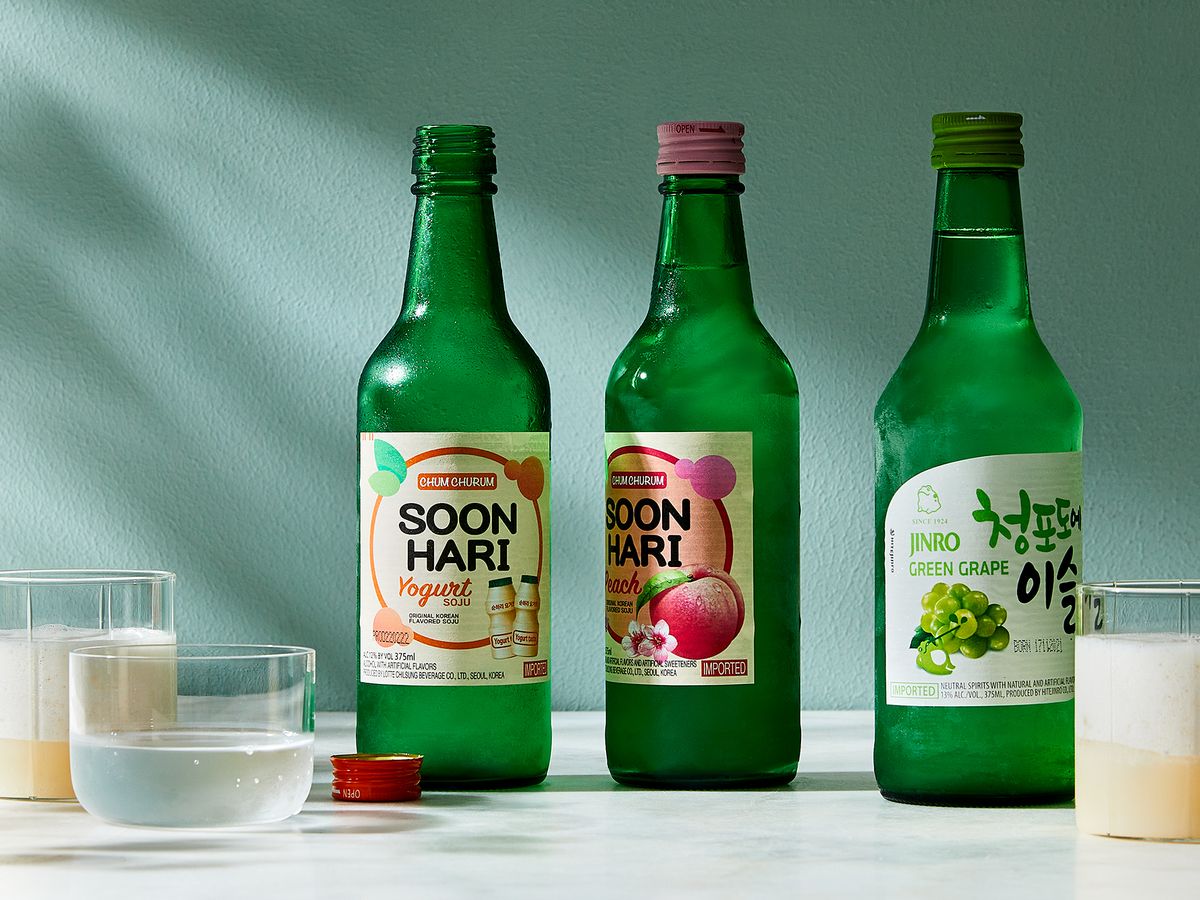
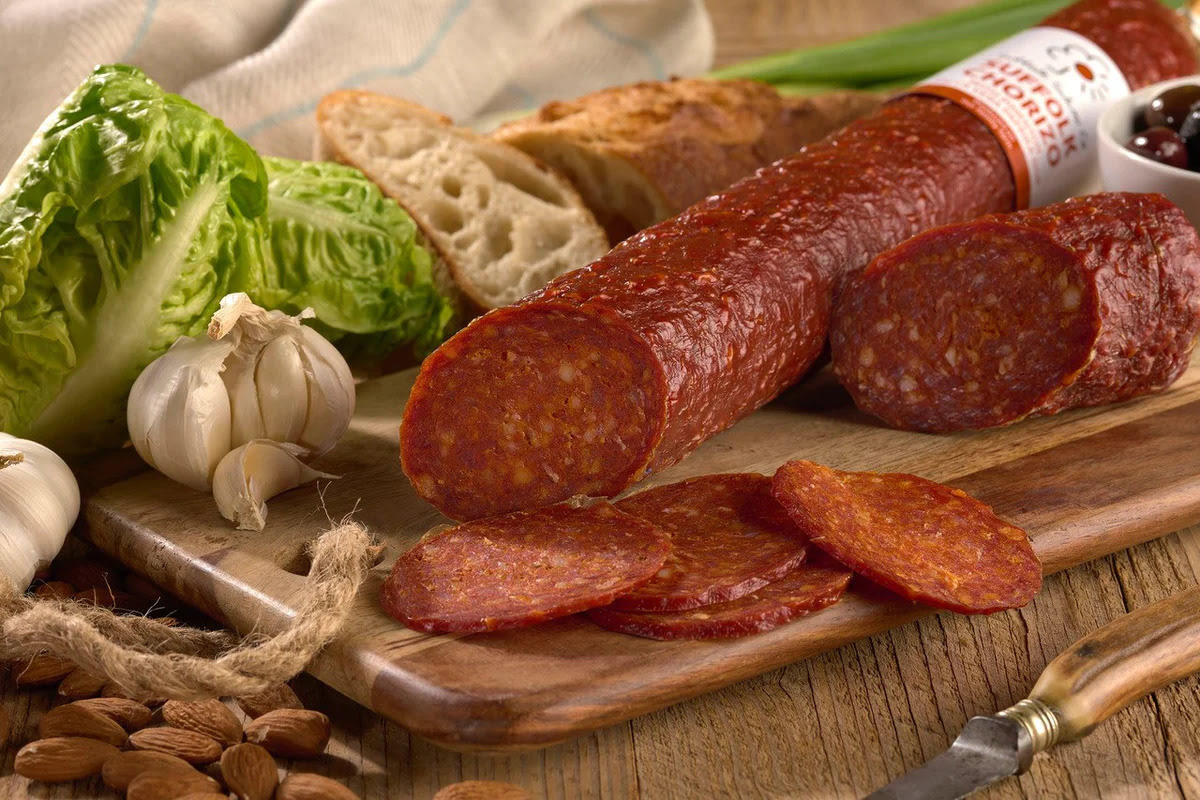
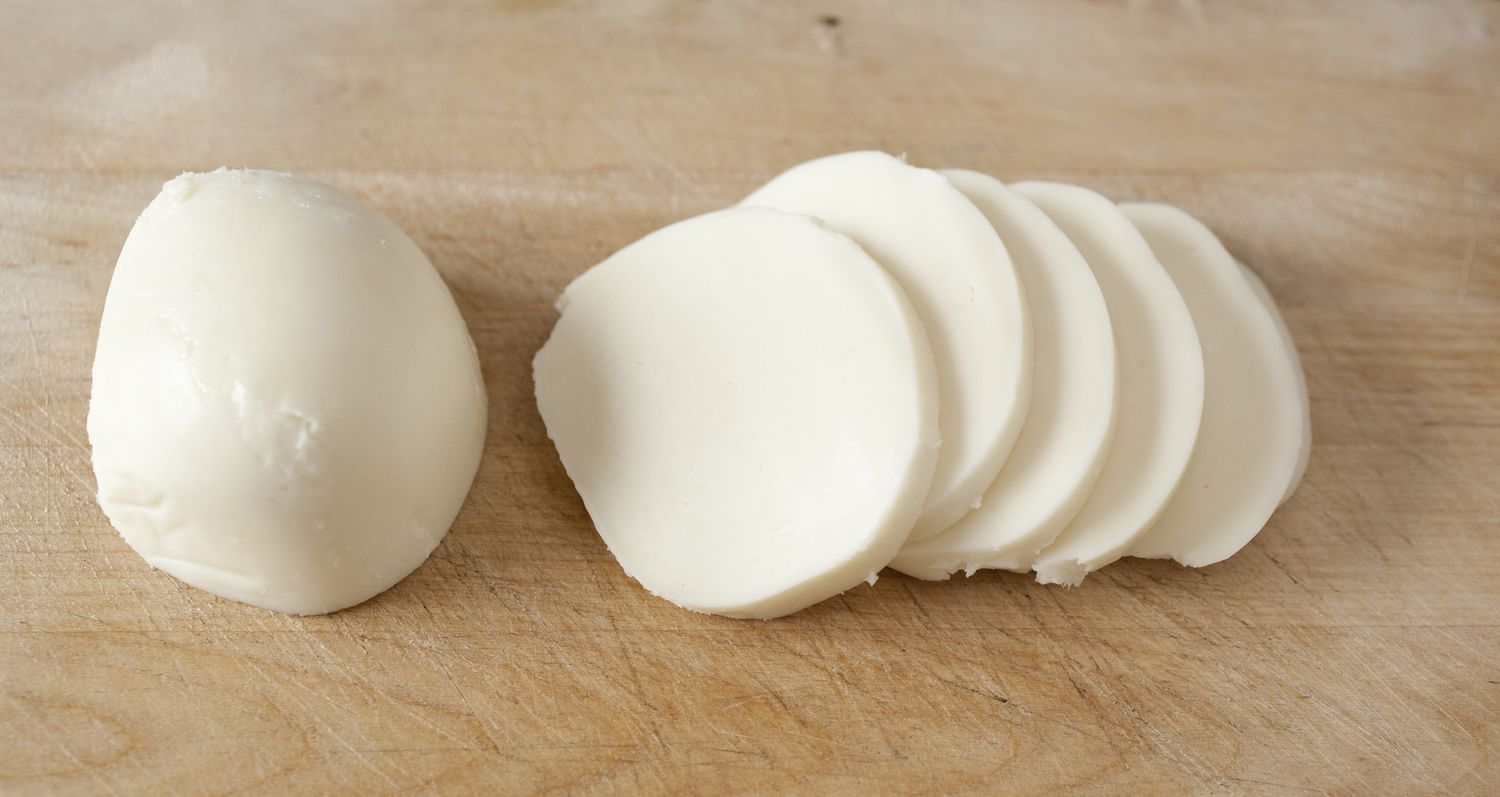
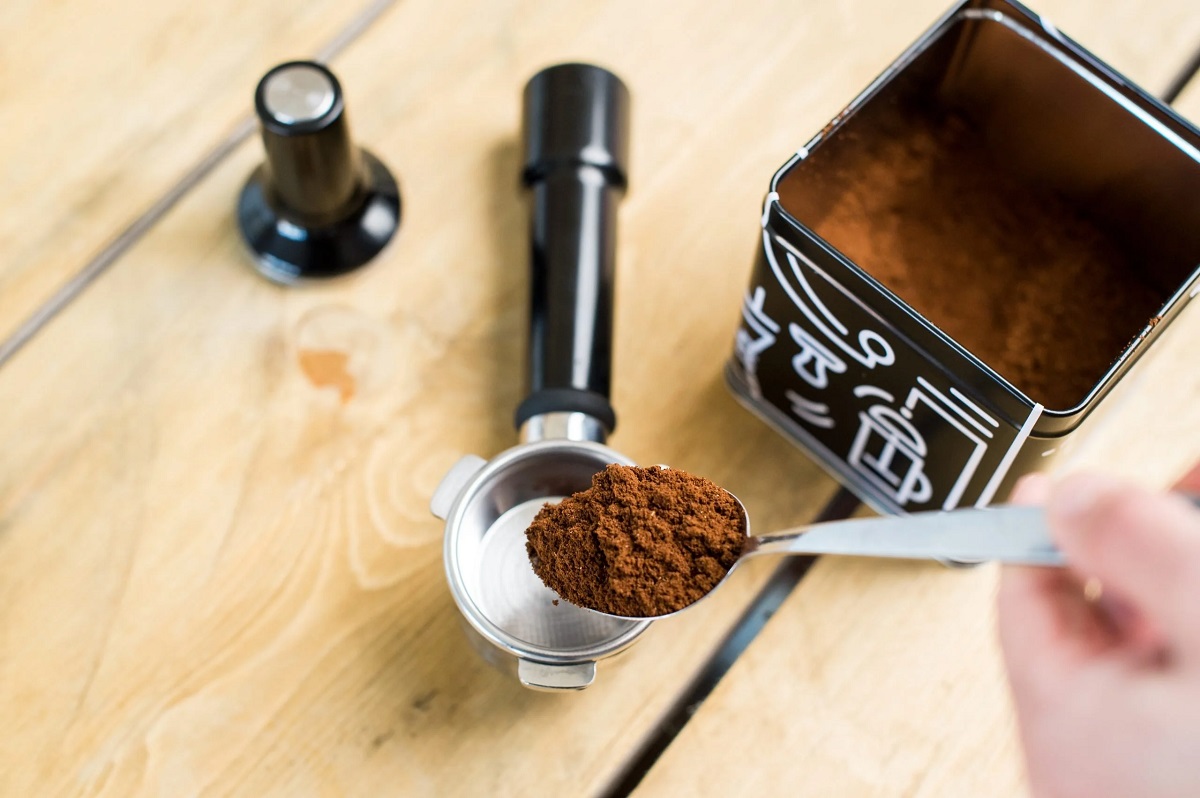
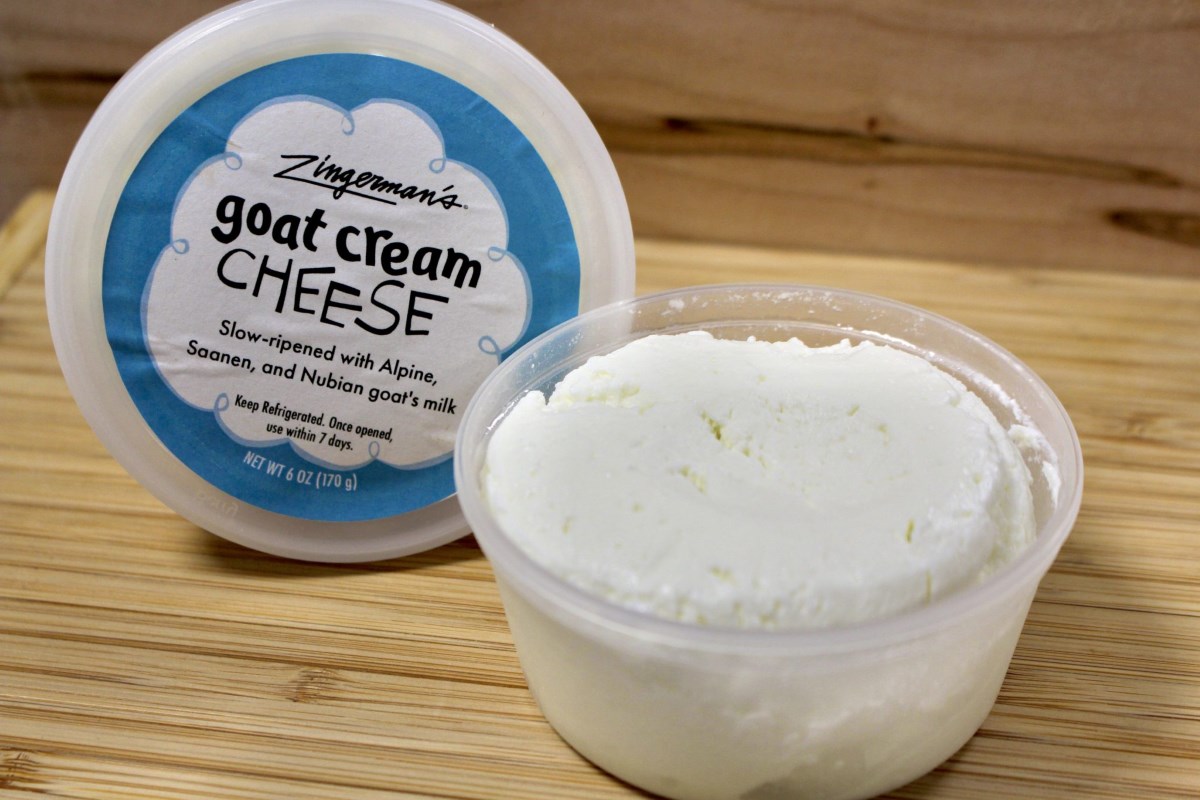
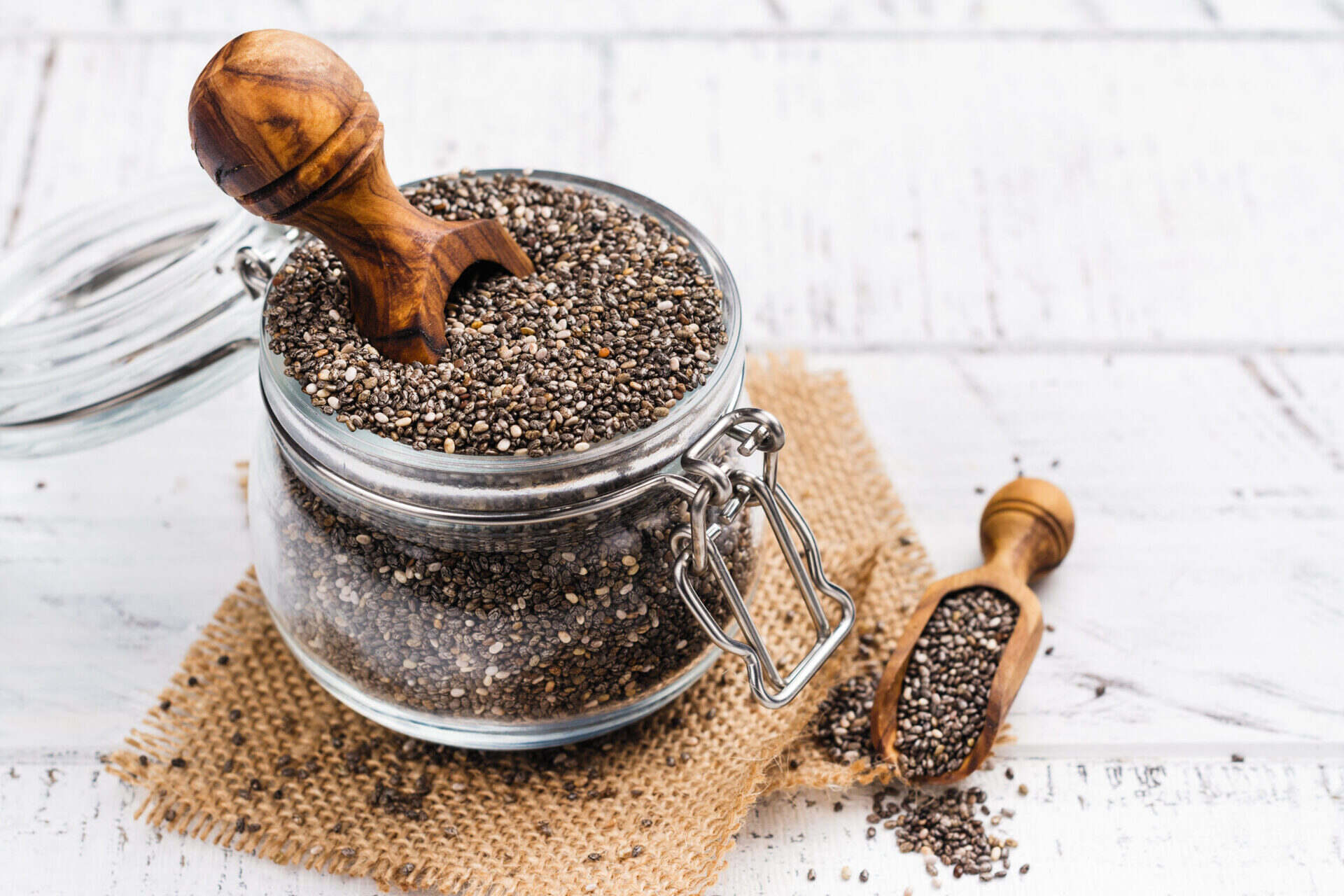
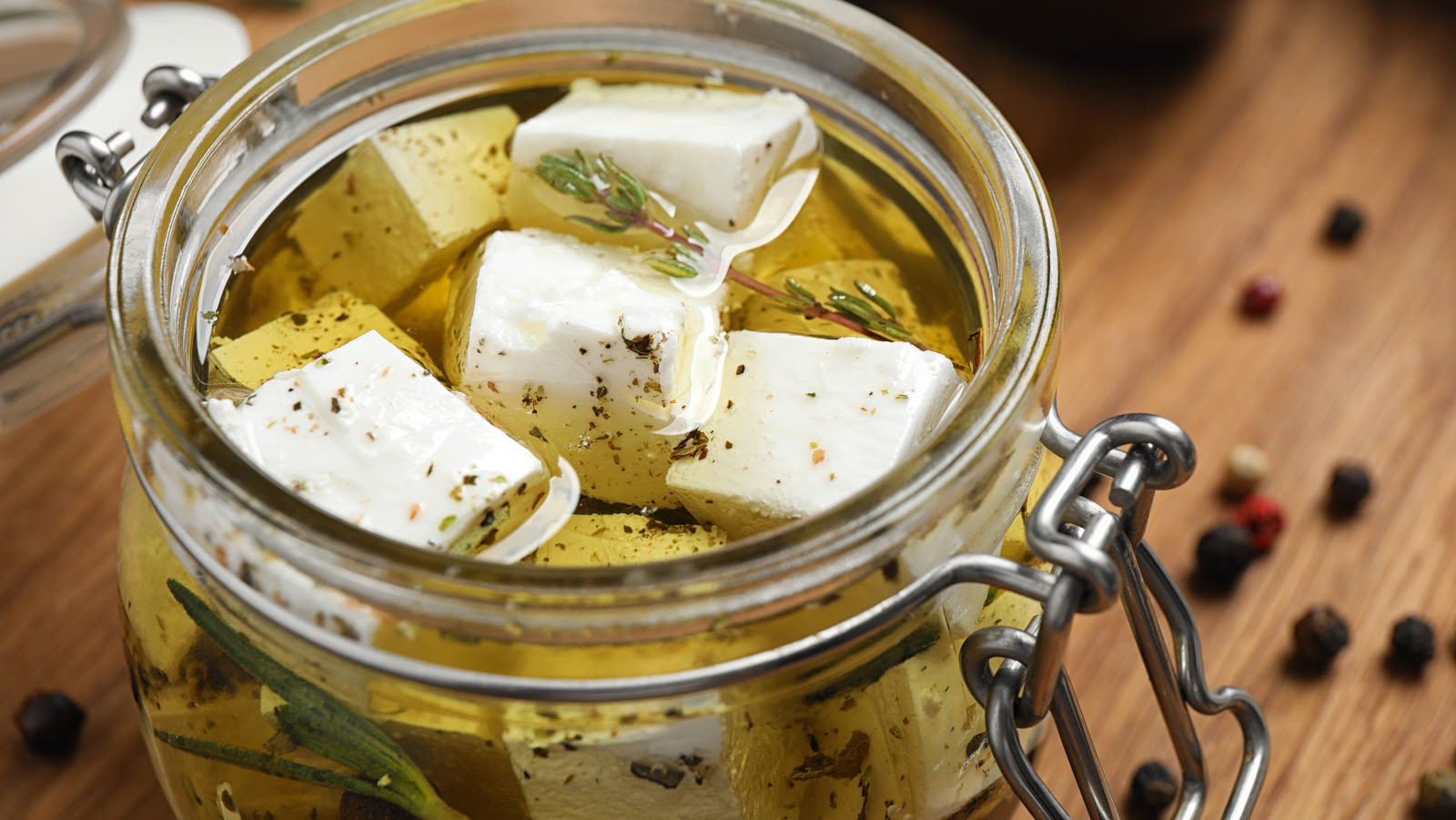
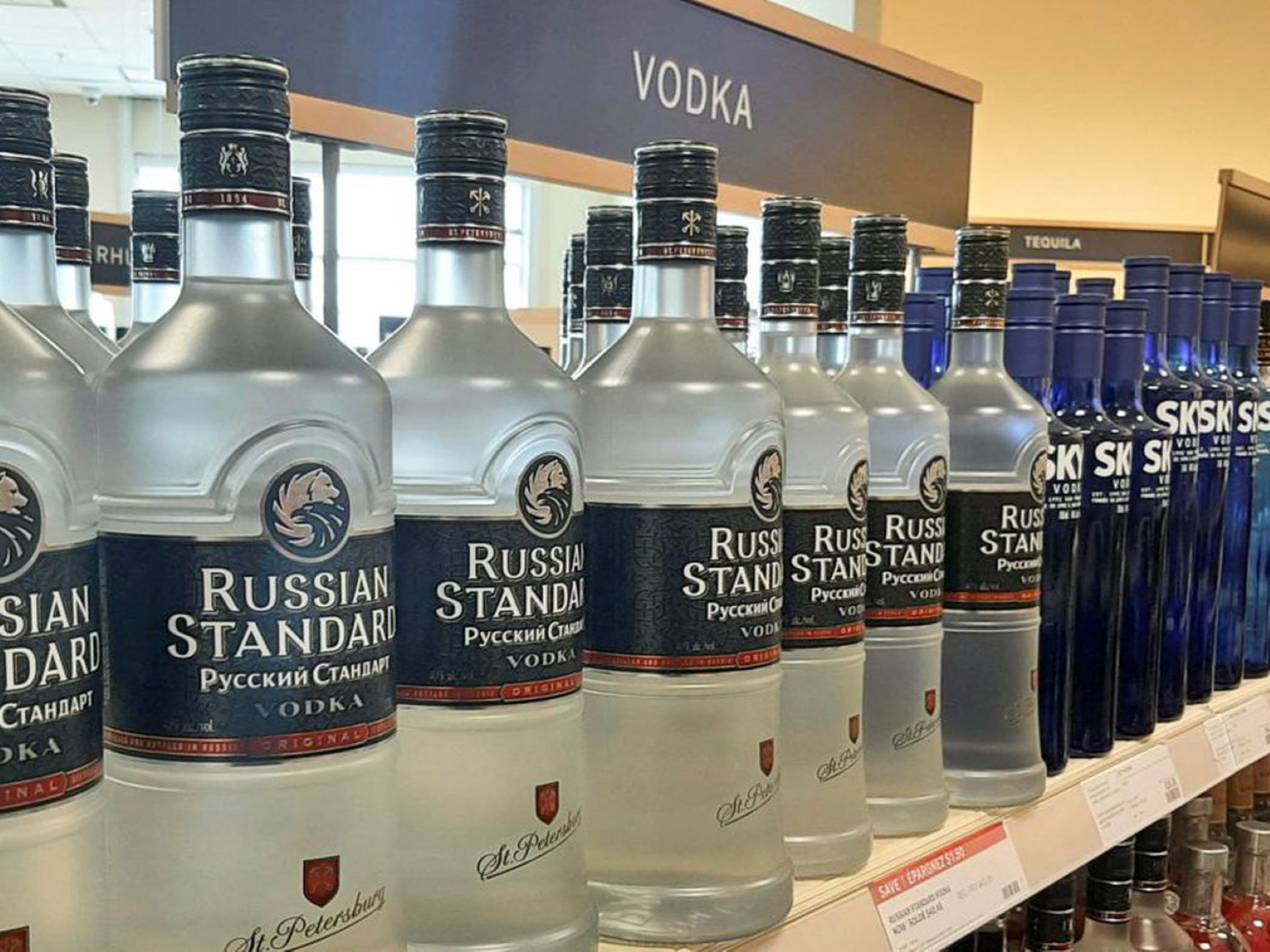

0 thoughts on “How To Store Vodka Once Opened”